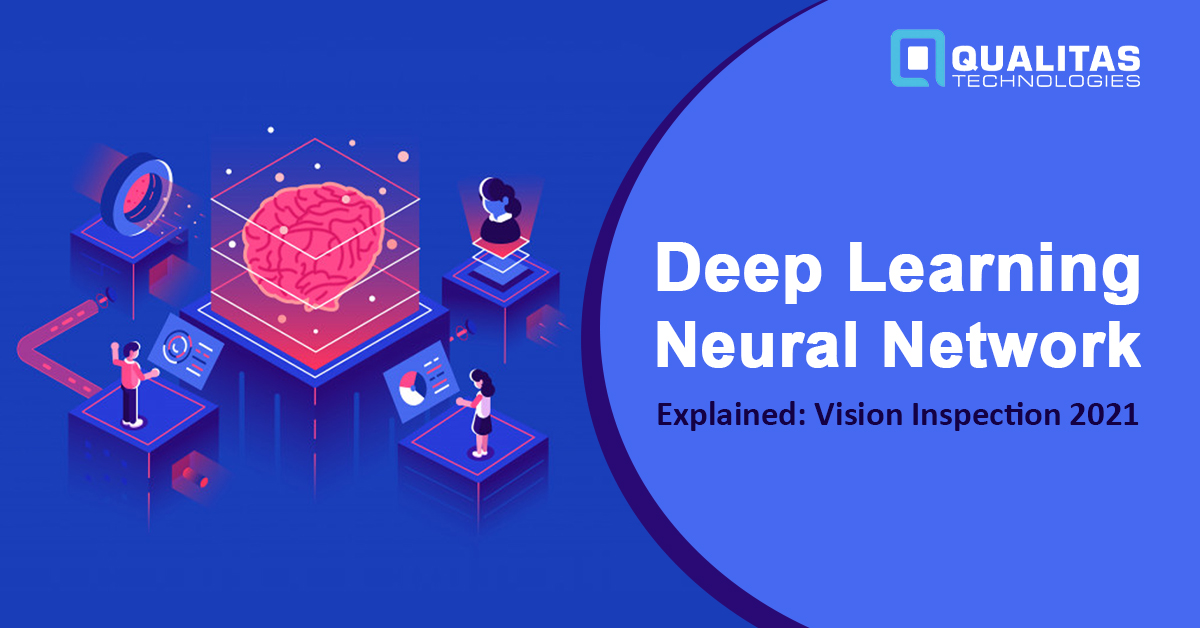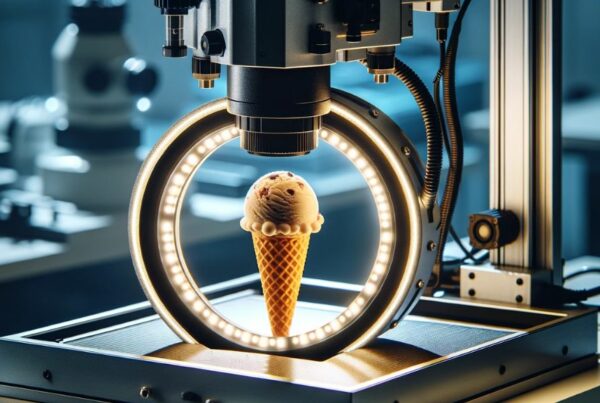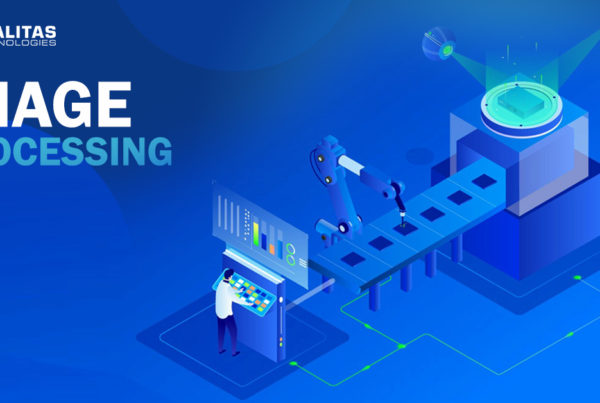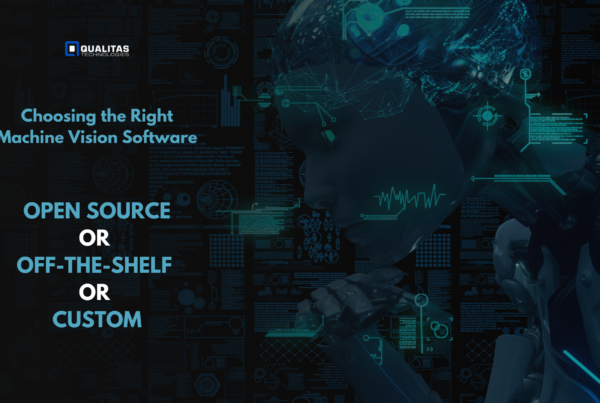
What is a Deep Learning neural network?
Deep Learning is a subset of artificial intelligence. Just like we have a neural network in our brain, deep learning uses an artificial neural network to use raw input data, model and process multiple kinds of relationships, and transform to outputs parallelly. It involves complex mathematical computations and analysis over hundreds of layers between inputs and outputs using the forward path of data, the backward path of data, and iterating through the data multiple times. For example, while implementing it for a quality process, thousands of images are given as input. These images are processed picture element by picture element to build a learning algorithm, develop the rules and achieve the desired output.
Also, Read DEEP LEARNING AND ITS PROBLEM TYPES
What are the characteristics of Deep Learning?
Here are some key characteristics of Deep Learning –
- It consumes a tremendous amount of raw input data.
- It processes the input data through multiple layers of nonlinear to calculate a target output. It is computation-heavy.
- We do not always know the conclusions deep learning algorithms arrive at and have to be careful in implementing them.
- It requires specialized hardware such as Graphical Processing Units (GPUs) for optimized learning.
- It is costly to implement deep learning algorithms due to the sophisticated hardware and the amount of storage required. Moreover, highly trained human resources are needed to develop and execute deep learning algorithms.
- Deep learning algorithms take longer to train but are easier to train than debug. Training involves some amount of coding and feeding the correct input data. The algorithm then develops the logic by learning. Therefore it is difficult to debug it manually or track errors. We can improve the model by fine-tuning data or adding additional data. Since we live in the age of data, it is easier to improve the model using data or build a new model rather than debug the model.
What is the difference between Deep learning algorithms and rule-based algorithms?
Deep learning algorithms involve complex mathematical computations over hundreds of layers between the input and output data. Rule-based algorithms follow a structured path of logic. In deep learning, you provide input data and hypo parameters and apply logic decisions. You choose operations to be done and the rate at which the algorithm should learn. The deep learning algorithm then independently works its magic. With changes in data input, it fine-tunes its analysis.
Therefore it can be applied to complex business scenarios such as autonomous driving or pattern recognition. On the other hand, in rule-based programming, you code every detail and every step. When there are changes, you have to code explicitly to incorporate new features. It has specific pre-programmed blocks. Hence, there are limitations to what rule-based programming can achieve. It is not easy to bypass deep learning algorithms, and you cannot implement error tracking well in deep learning as the logic built is quite complex and covers a wide variety of scenarios. Rule-based programming is easy to debug and test.
Also, Read Differences Between Machine Learning and Rule-Based Systems
Why should we use deep learning?
Business scenarios are becoming increasingly complex with more variables, personalization, regulations, and a high level of interconnectedness. Traditional algorithms are not capable of handling current business scenarios. Hardware has improved tremendously, and we have increased computing power in our hands. Data collection, storage, and processing in huge volumes is a possibility now. The combination of all these factors allows deep learning to provide better performance with lesser effort.
How has Qualitas used deep learning in its business processes?
Qualitas has applied rule-based algorithms and deep learning algorithms in our business processes. We have used it widely in processing images for quality control and assurance. We have used deep learning for packaging inspections, part counting, part identification, text identification, etc. Gas cylinder inspection is a process where we have automated quality inspection through deep learning and vision technology.
Qualitas uses 2D image processing and deep learning OCR here. We check the weight, expiry date, and filling pressure to be used to refill up the cylinder. We do this by capturing images of the relevant information on the cylinder using a camera with a wide-angle lens mounted on top. It is aided by deep learning technology to read characters with top-notch precision and high speed.
Deep learning is a powerful and fast-advancing technology. When it is leveraged in the right manner and used in the appropriate business scenarios, it can prove to have a significant impact on quality control and assurance.
Register For Our Upcoming Free Webinar





